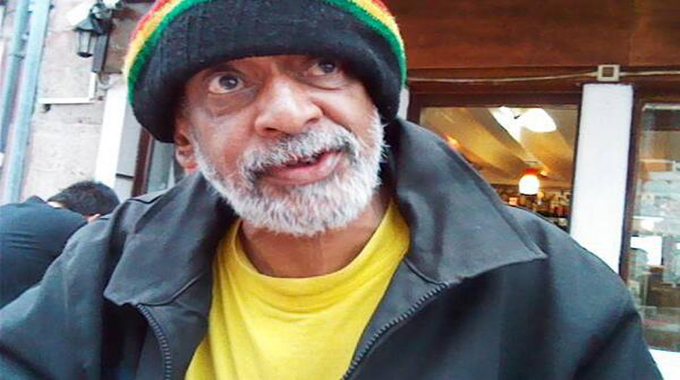
The Sunday News

Tafadzwa Gwetai
THE artist is challenged with the highly vital role of creating a poem, painting or sculpture that must bear the similar or opposed views of a community. The major challenge an artist has is to find an intelligent way of arousing some form of emotion from the viewer or listener. The viewer or listener must be perturbed by that which is seen before them or that which is spoken or sung to them. A sense of unsettledness toward that which has been created is a crucial initial stage for the art form to be justified as an ‘‘art piece’’.
It is a shame that many artists get away with creating work that may appear and sound aesthetically interesting but does not have any justifiable ‘‘meaning as to why it was created’’. Meaning and purpose is very crucial to the survival of what we term as ‘‘true art’’ forms. ‘‘True art’’ forms stand the test of time and the test of criticism. When an art form stands the test of time this suggests that the relevance of the art form has been significant to the immediate community and the international world. Relevance of a piece refers to what it contributes to societal values and how it may challenge the very same societal values.
The artist is challenged with the identifying of the root cause of what keeps them perturbed and anxious and identify what voice speaks through them. First stage would involve the artist “expressing this emotion” through the form of dance, vocalising it, painting or sculpting. As human beings we all have our forms of release that are of a psychological, emotional and reactive nature. As artists the idea is to express and communicate as opposed to bottling in ideas and thoughts. The idea is to strike a dialogue on diverse topical areas of society and its challenges. Expression is the outward revelation of ones thoughts and ideas.
Arousal of emotion is the next stage that gives the art form purpose and true meaning. The artist has the mission of deciding what emotion they intend to arouse in either there viewer or the listener of the art form. Arousal of emotion may vary according to ones past encounters, religious or spiritual beliefs and any other relatable past encounters. The strength in the art form also lies in the power and ability to arouse emotions and initiate dialogue. The meaning of the creation gives artwork roots from which it can be grounded and thus the reactions and responses from people can be open to interpretation. This applies to paintings, sculpture, spoken word, poetry and theatre. The magnitude of the levels of expression can only be measured by either stats such as the level of dialogue created around the creation, accurate depiction of social relevance or the creations contribution to intellectual growth.
Expressive art is characterised by vibrance of colour or intense lyrical content. Artists such as the late Luis Meque and our very own Bulawayo-based Rashid Jogee are pioneers of the painterly expressive movement. Luis Meque (1966-1998) who was a Mozambican based in Zimbabwe grew his painting skills at Gallery Delta. Meque was one of the most profound artists in Zimbabwe who influenced the development of paintings. Meque can be described as driving to arouse or produce individual emotions of a certain kind. He critically comments on society with the aim of arousing and expressing emotion. Art critics described Meques creations and state of mind saying.“He examines the qualities of a type of darkness — psychological, metaphorical, environmental and in Zimbabwe’s case racial”.
When it comes to inspiring abstract expressionism from within our Zimbabwean borders we have Rashid Jogee who is a living legend residing in Bulawayo. His creations possess a depth that is filled with emotions. His paint is applied with a violent strength of emotion and he layers his creations with different emotion. His creations have always dealt with spirituality and its balance in relation to ones identity as an Indian man living in Zimbabwe.
There are two forms of emotion that art works are associated with. Art cannot exist independently of the two emotions which are “expression” of emotion and the “arousal” of emotion. Expression of emotion involves the artist dealing with their feelings that are gathered through the process known as being “perturbed”. The artist strives to actualise his feelings into something physical and he can justify that which was being felt and clearly label their emotion as either being that of anger, hate, or protest. Arousal of emotion involves the artist having the ability or motive to bring out of the viewers different responses of a diverse nature.



